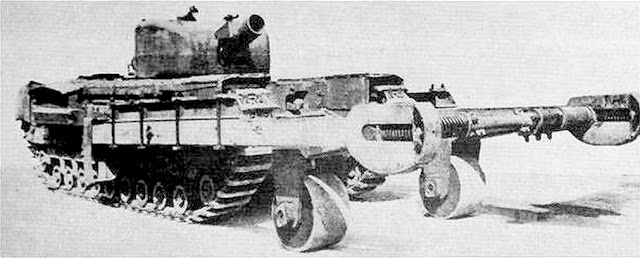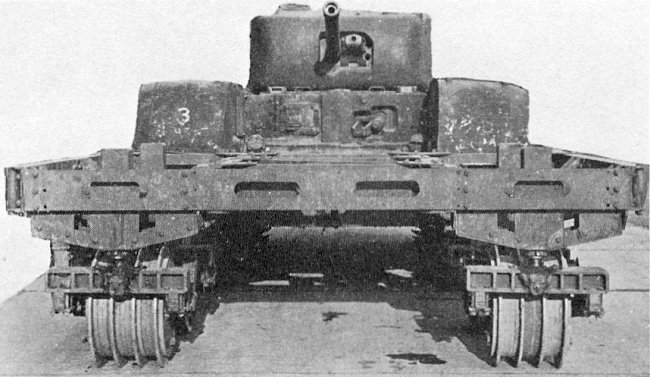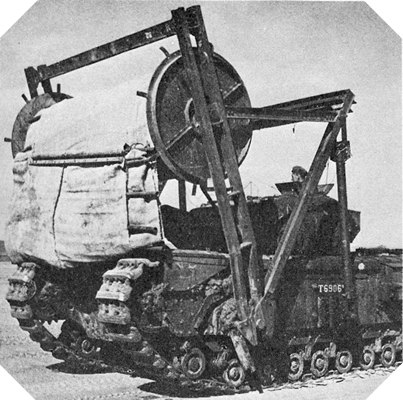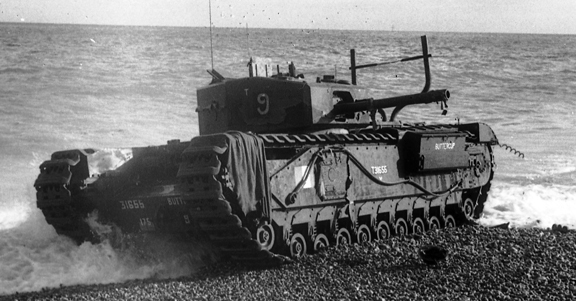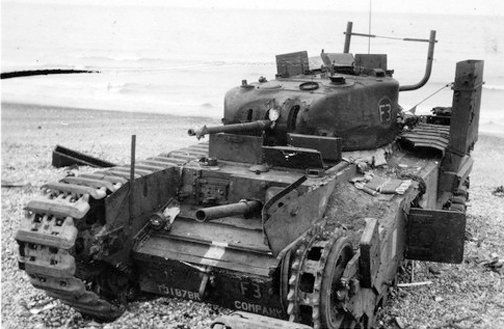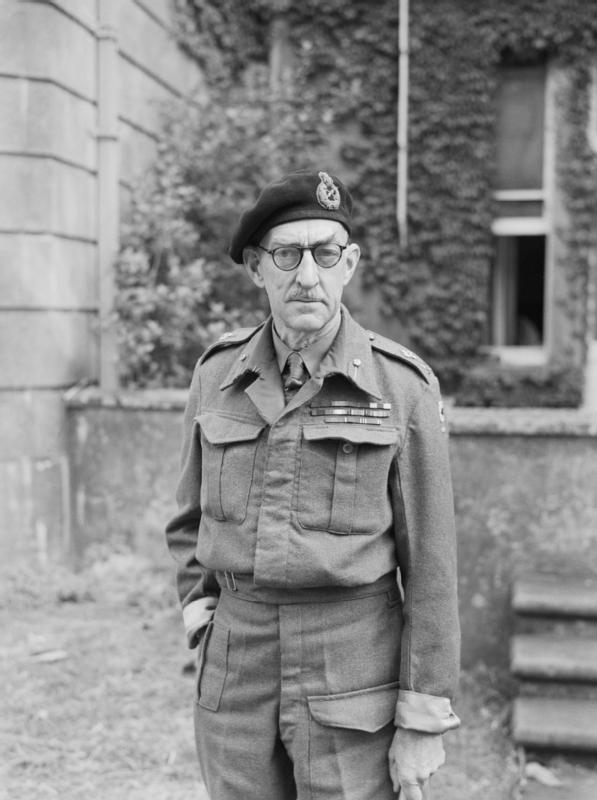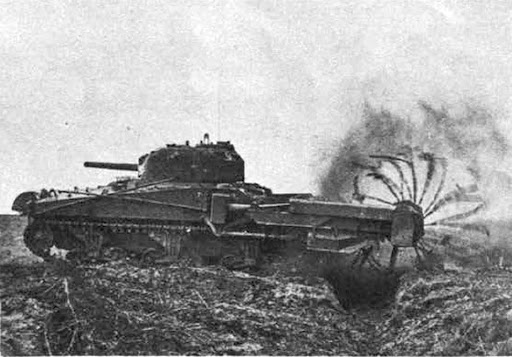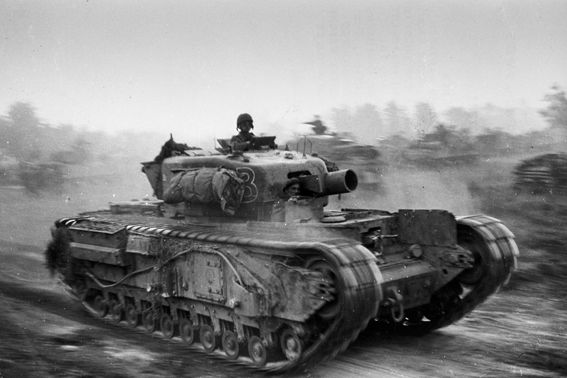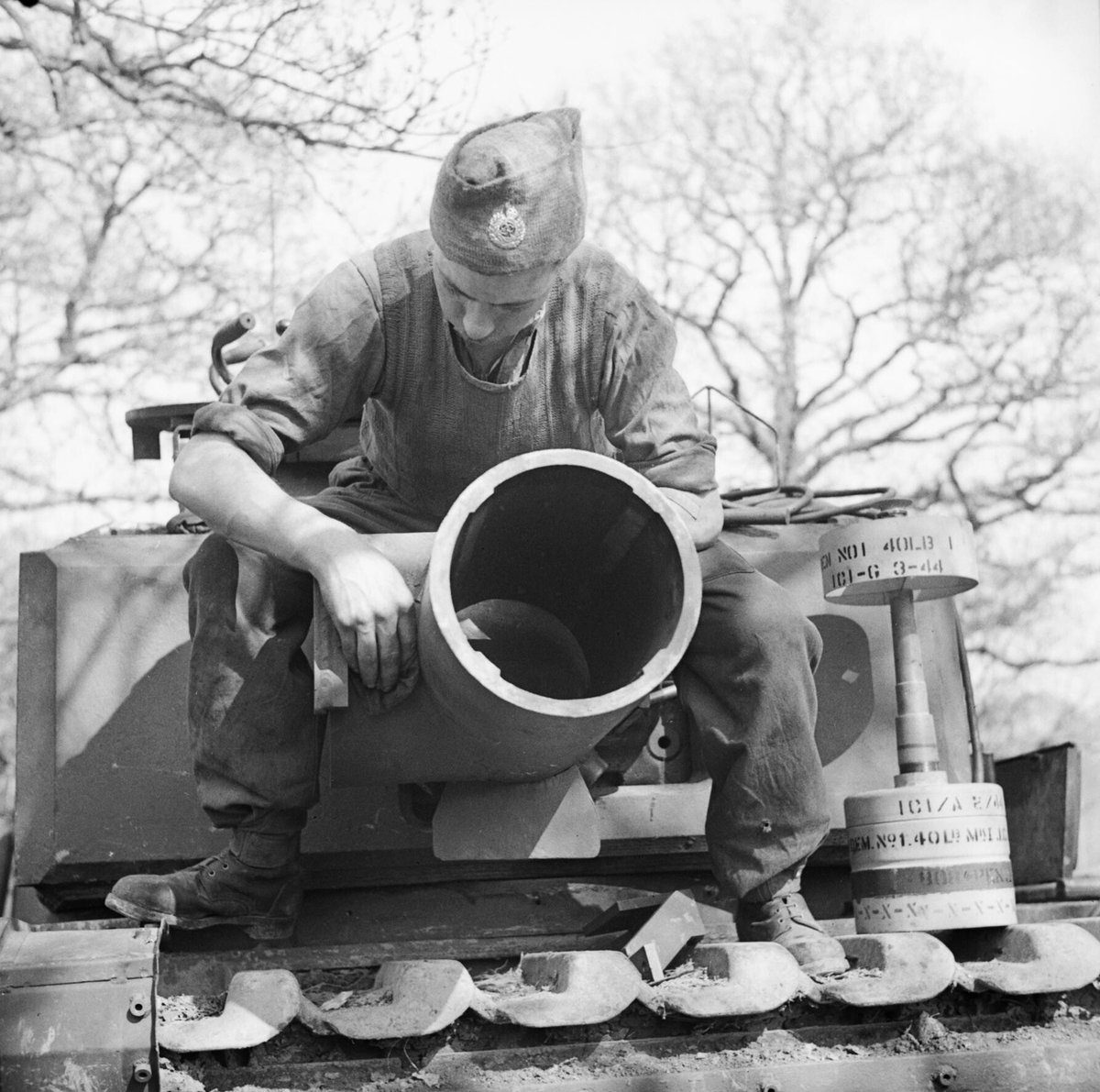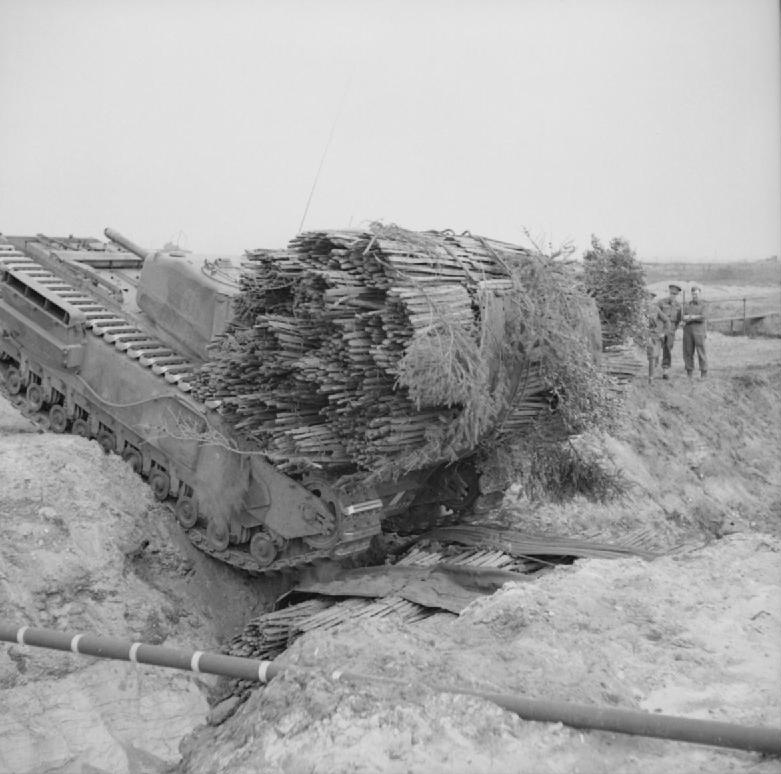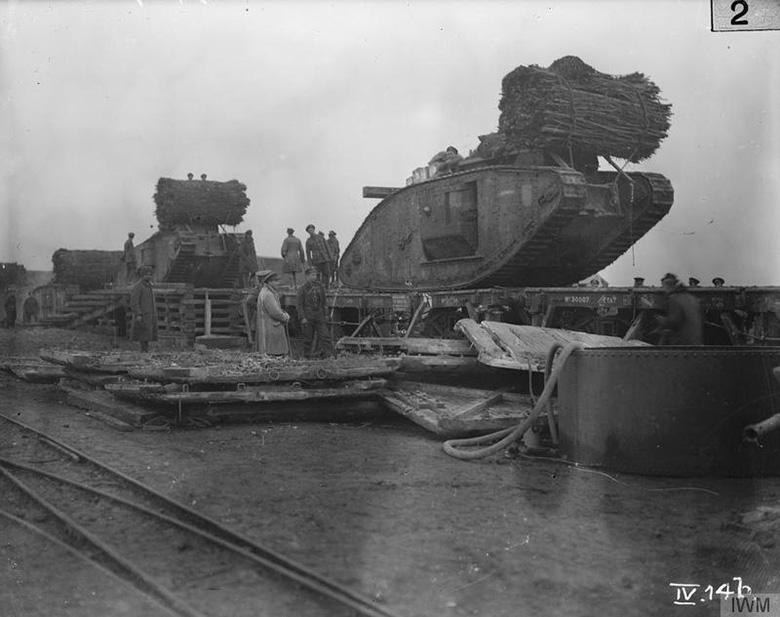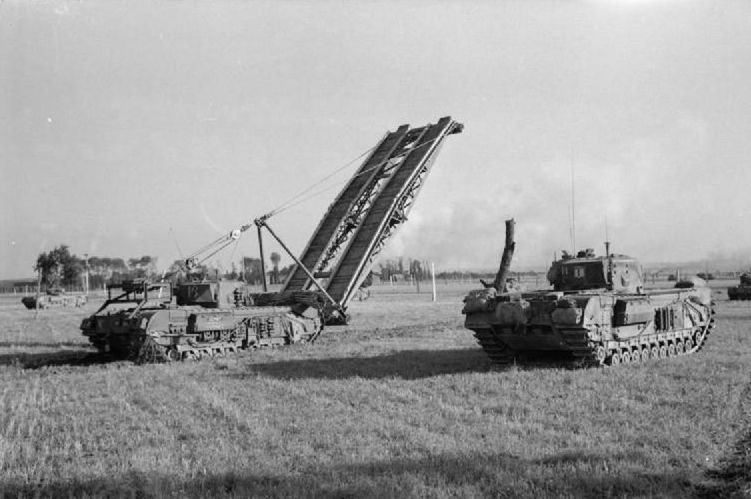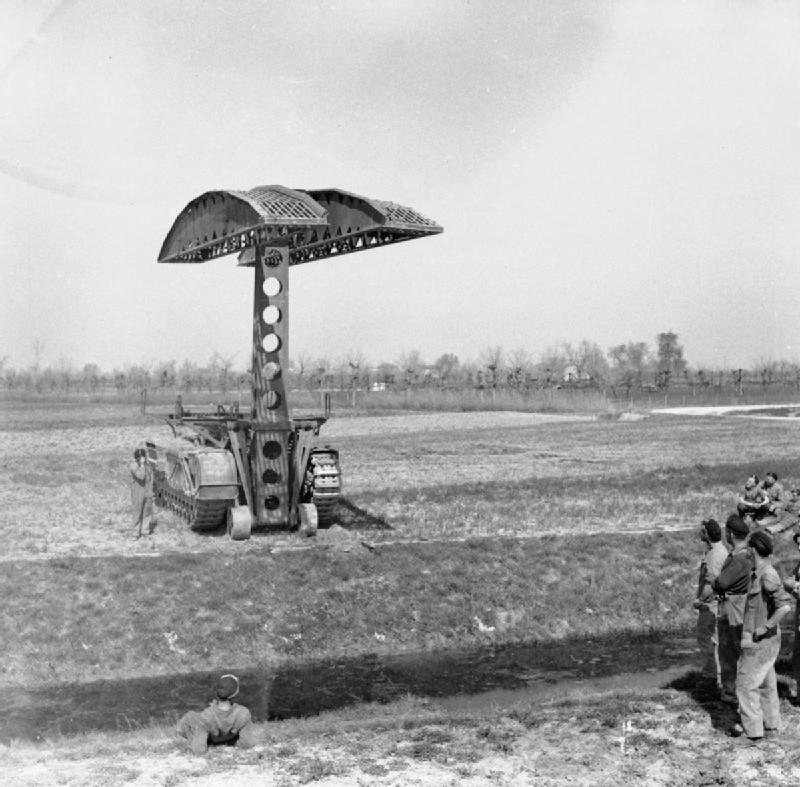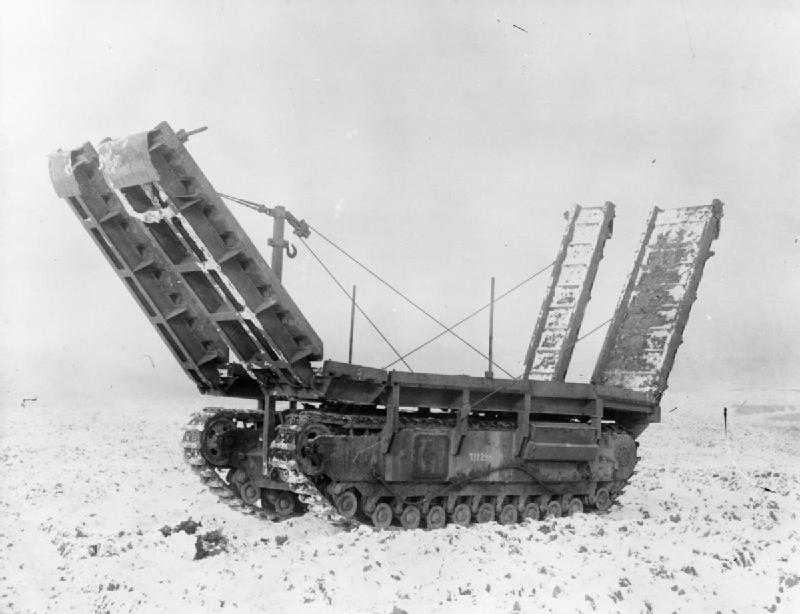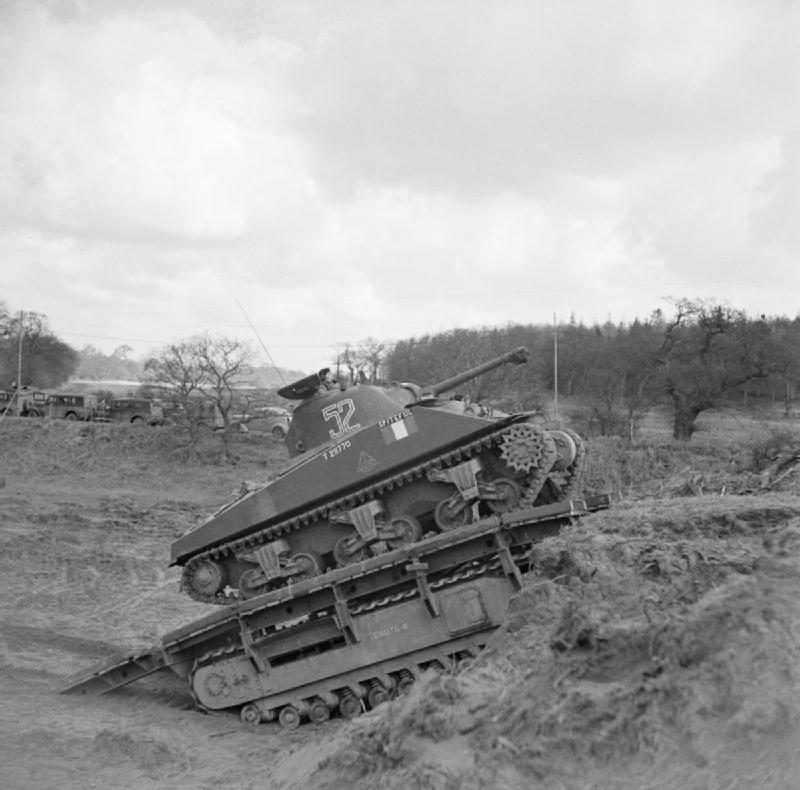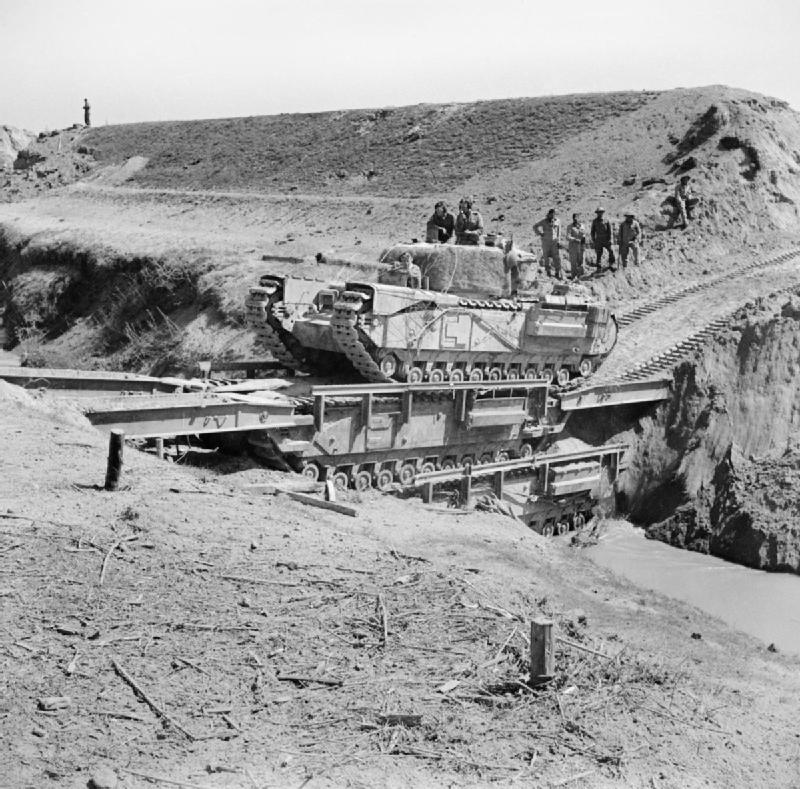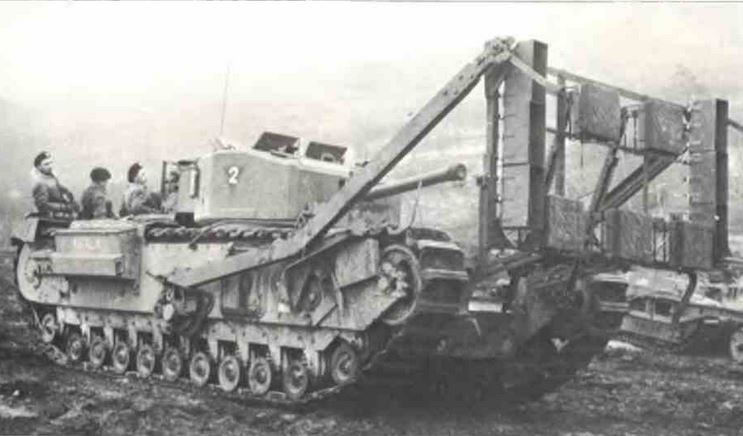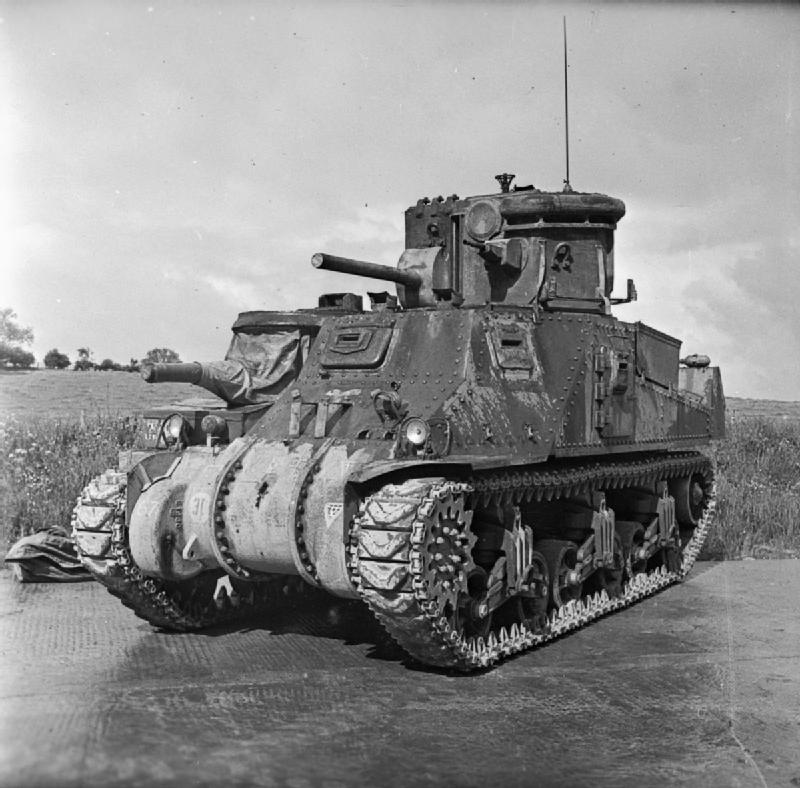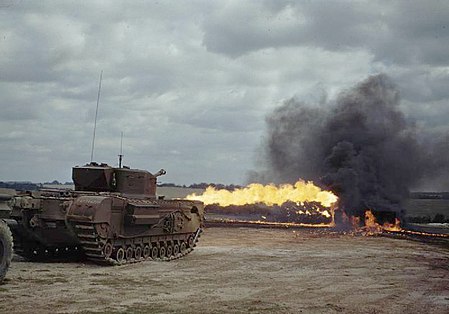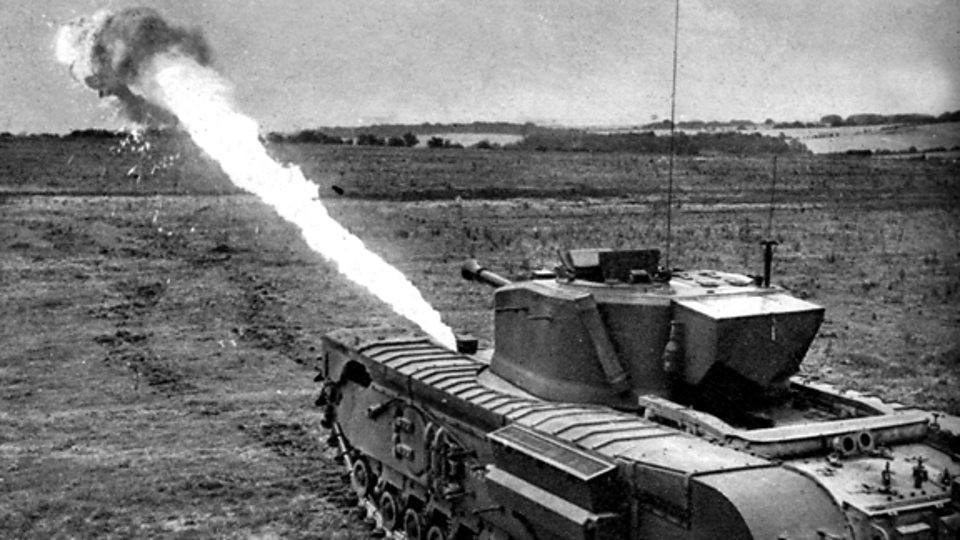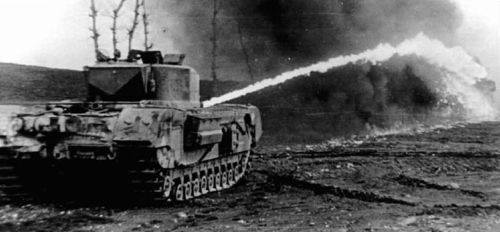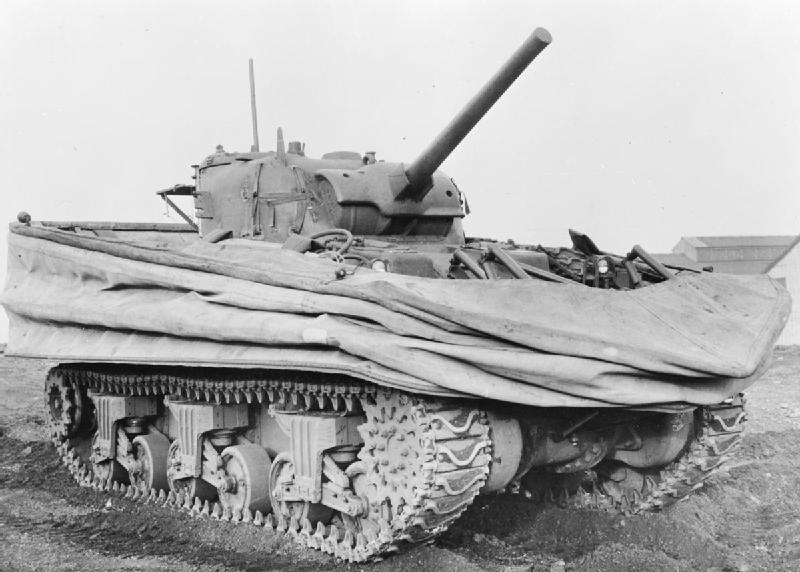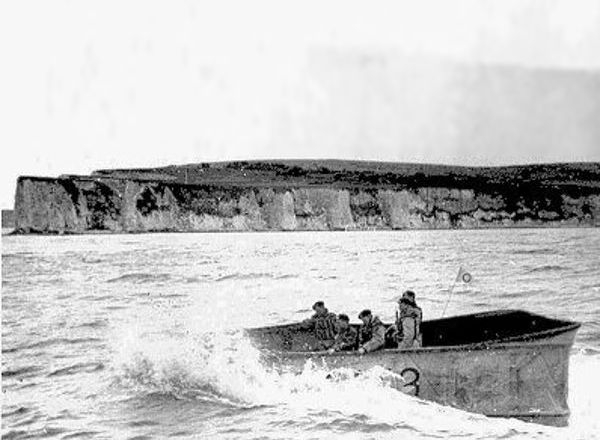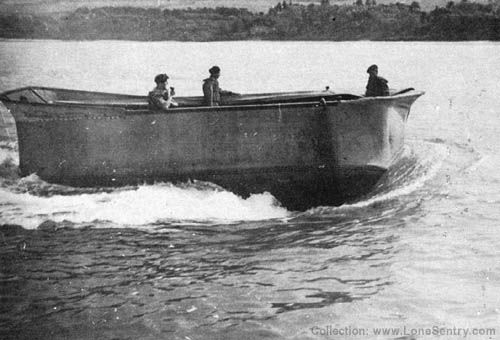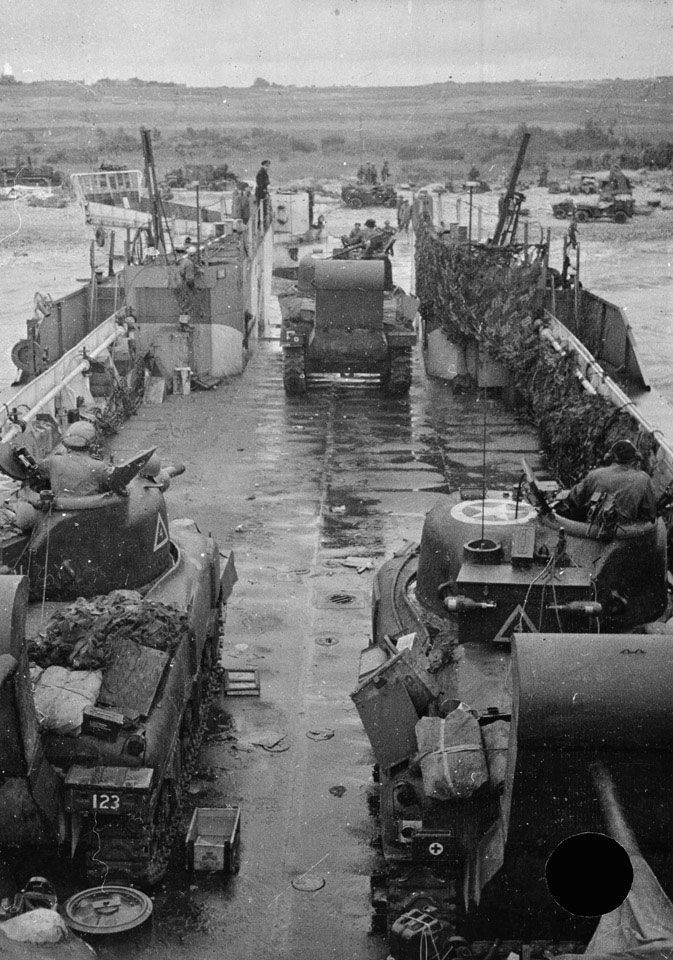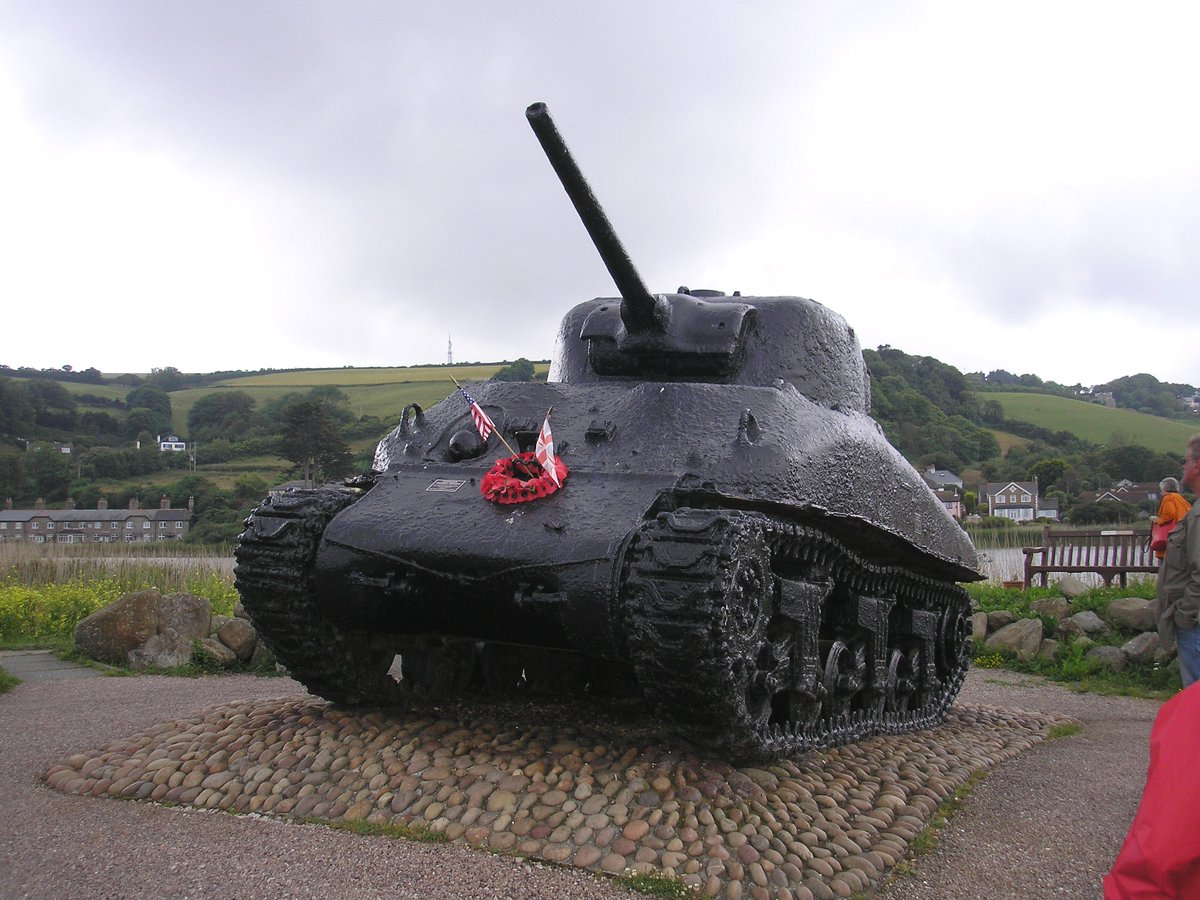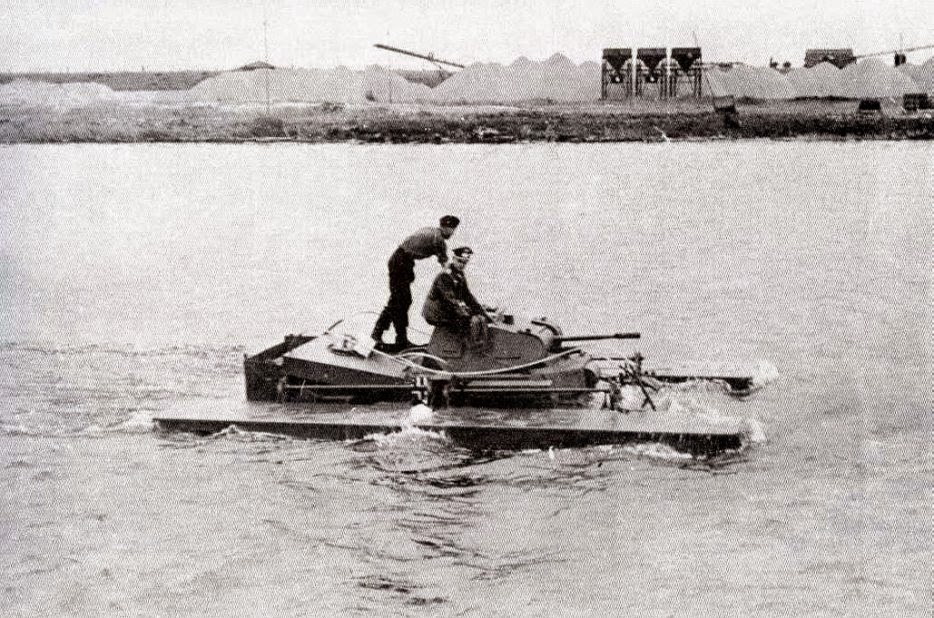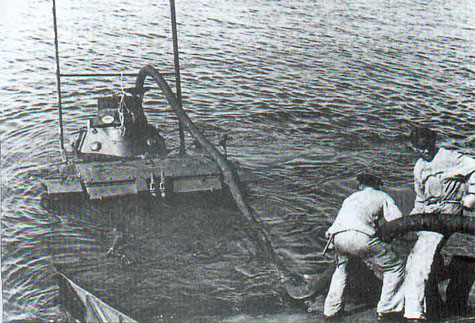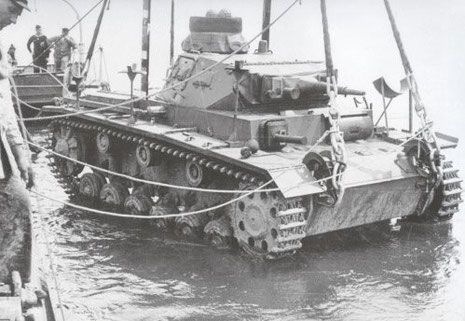Alarmed by the number of novice drivers causing their tanks to topple over, the allied forces in WWII took the logical step of adding training stabilisers...
Oh all right...
This thing here is a Churchill tank fitted with the unimprovably named "Canadian Indestructible Roller Device". The idea is that mines go bang under the wheels in front instead of the tank.
This was apparently greatly preferred by the crew.
This thing here is a Churchill tank fitted with the unimprovably named "Canadian Indestructible Roller Device". The idea is that mines go bang under the wheels in front instead of the tank.
This was apparently greatly preferred by the crew.
These days a lot of specialised equipment is built for doing militarily useful stuff, but in the middle of a global conflict development time is limited.
Bolting various amounts of crap on top of your existing tanks and hoping some of it works is a lot quicker to achieve.
Bolting various amounts of crap on top of your existing tanks and hoping some of it works is a lot quicker to achieve.
The Dieppe raid was an absolute fiasco in oh so many ways, but it did show that modifying your heavy armour so it could come along with the infantry was a good idea.
For the raid Churchill tanks had been quickly modified with basic waterproofing and extended "wading" exhausts.
For the raid Churchill tanks had been quickly modified with basic waterproofing and extended "wading" exhausts.
15 of 30 Churchills at Dieppe got off the strand - not bad for a beach that the defending Germans had assumed was impassable - but were stopped by defences further back because engineers were unable to support.
In future tanks would have to be able to clear defences themselves.
In future tanks would have to be able to clear defences themselves.
At this point enter Percy Hobart.
Already manoeuvred out of the army once for "unconventional ideas on armoured warfare", Hobart was given the instruction to develop specialised vehicles.
He did not disappoint. "Hobart& #39;s Funnies" were about to enter the war...
Already manoeuvred out of the army once for "unconventional ideas on armoured warfare", Hobart was given the instruction to develop specialised vehicles.
He did not disappoint. "Hobart& #39;s Funnies" were about to enter the war...
One of the first was the "Crab".
There were three ways of clearing infantry mines:
Walk infantry across them (unpopular), clear them methodically (slow), or batter the crap out of them with a tank. The Crab was very much option three...
There were three ways of clearing infantry mines:
Walk infantry across them (unpopular), clear them methodically (slow), or batter the crap out of them with a tank. The Crab was very much option three...
Meanwhile Dieppe had proved that concrete obstacles and bunkers would be a major problem. Hobart& #39;s gang of jokers swapped out the main gun for a short-range mortar that dropped an 18kg high explosive charge on whatever happened to be in the way.
I doubt the mortar was terribly popular as a design - you had to reload the "flying dustbin" by opening a hatch and sliding a new charge in from the front - but the Armoured Vehicle Royal Engineers (AVRE) was born.
The AVRE could be loaded up with other equipment to solve other problems on the battlefield. The obvious (and long-used) thing to stick on one was the ultra high-tech "bundle of sticks". This could be dropped to fill ditches.
The fascine predates modern warfare by centuries, of course, and even on modern armour it was nothing new - having been carried by tanks as long as they& #39;ve existed.
Sometimes a bundle of sticks isn& #39;t going to be enough though. For that you& #39;re going to need to strap a bridge onto your tank.
Just don& #39;t ask how you& #39;re supposed to see where you& #39;re going with this thing...
Just don& #39;t ask how you& #39;re supposed to see where you& #39;re going with this thing...
Not going to lie about my doubts with this camouflage idea...
Unless your enemy is unusually concussed the giant mushroom is going to provoke a certain amount of ordnance-augmented interest.
Unless your enemy is unusually concussed the giant mushroom is going to provoke a certain amount of ordnance-augmented interest.
Hobart wasn& #39;t just going to bridge things with the AVRE either. The ARK (Armoured Ramp Carrier - the engineers were too busy fighting wars to worry about spelling acronyms correctly) was another bridge layer - or rather, bridge in itself.
What it lacked in explodeyness the ARK made up for in utility. As well as bridging gaps it could ease gradients for other tanks...
And without a turret, you could even stack these buggers on top of each other. Imagine smugly choosing your defensive position and then seeing these sods hurling themselves into it until the ditch is full?
The next idea was bobbins. Literally.
Dieppe had shown that shingle was a pain in the tracks and the defending forces were unwilling to roll out a red carpet to welcome you. The obvious solution was to take your own.
Where the AVRE went, others could follow.
Dieppe had shown that shingle was a pain in the tracks and the defending forces were unwilling to roll out a red carpet to welcome you. The obvious solution was to take your own.
Where the AVRE went, others could follow.
I love the AVRE Bobbin. It sits perfectly at the intersection of ingenuity, utility, and insanity. It& #39;s like Heath Robinson or Rube Goldberg going to war...
Blowing stuff up remained an understandable obsession. The Onion, and then the Double Onion, was a way to place charges directly against the target. The crew here look understandably wary...
Why the Onion? Because the botanically-challenged chaps of the Royal Engineers thought it was a bigger version of their first attempt - the Carrot.
Fighting war at night is hard because - spoilers - you can& #39;t see stuff. It& #39;s apparently even harder when the Canal Defence Light (shown here on a Grant tank) is shining in your face.
For the allied troops whose target was now both illuminated and blinded, on the other hand...
For the allied troops whose target was now both illuminated and blinded, on the other hand...
Most tanks are given stuff that goes bang because blowing stuff up is considered tactically convenient. The Crocodile was a useful reminder that "burny" is often just as useful.
The official doctrine for the Crocodile was to fire a couple of ranging shots and then immediately incinerate the target. This was to minimise the time that opposing troops could target the vulnerable fuel bowser tagging along behind.
Crocodile crews quickly realised that people were generally too busy running away to fire back. TO the frustration of top brass, practice on the ground was frequently to fire a couple of ranging shots and then wait to see what happened. Not many troops hung around to argue.
You just wouldn& #39;t, would you?
Wonder if I can strap something similar to my lawnmower. Nothing else seems to stop ground elder...
Wonder if I can strap something similar to my lawnmower. Nothing else seems to stop ground elder...
Perhaps the most important of the Funnies though was this thing here, coquettishly flashing a bit of ankle - the Sherman DD.
The DD stands for "Duplex Drive" and referred to the alternative propulsion on the back.
"Tank" was originally chosen as a codename to make the enemy think they were designed to keep water in. Hobart& #39;s gang reversed this and devised ways to keep water out...
"Tank" was originally chosen as a codename to make the enemy think they were designed to keep water in. Hobart& #39;s gang reversed this and devised ways to keep water out...
Dieppe had shown the value of getting armour onto the beaches. The Sherman DD was going to be one way to do it.
They look horribly vulnerable - and probably were. On the other hand Shermans were notoriously prone to going on fire. Being surround by loads of comforting water might explain why this crew look quite chipper...
76 years ago today the Sherman DDs and other funnies rumbled onto the beaches of Normandy. Their support - and the lessons of Dieppe - would save thousands of lives.
This one though never made it that far and was later recovered from the sea off Slapton Sands in Devon.
It stands there still as a memorial to Operation Tiger - another disaster whose harsh lessons were put to good use on D-Day itself.
It seems a good place to end this thread.
It stands there still as a memorial to Operation Tiger - another disaster whose harsh lessons were put to good use on D-Day itself.
It seems a good place to end this thread.
Brief coda: "Did the Germans ever try floating tanks?" I hear you cry.
Yes. Yes, they did.
And no, no, they shouldn& #39;t have. This is pathetic.
Yes. Yes, they did.
And no, no, they shouldn& #39;t have. This is pathetic.

 Read on Twitter
Read on Twitter